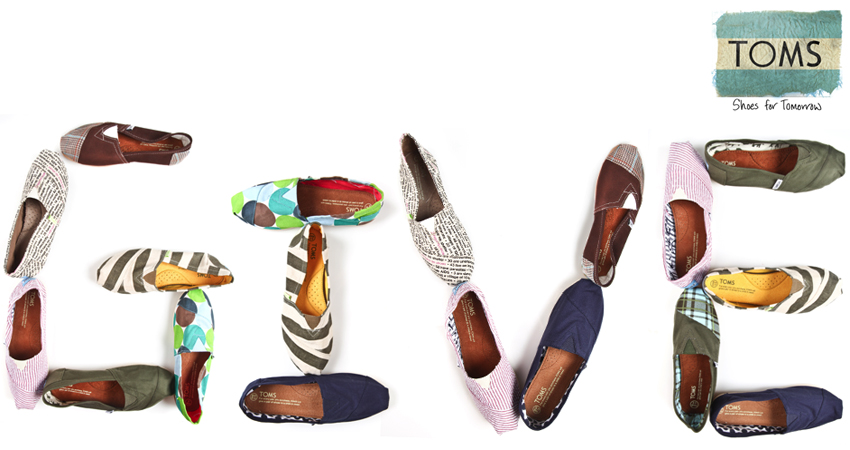Toms shoes, a for-profit business that was sustainable and not reliant on donations promised that for every pair of shoes it sold, it would give away another pair to a child in need. In the article, the writer questioned the buy-one, get-one model that is more like a marketing stunt than a method to aspire social entrepreneurs.
I conceive the model as a reasonable way to increase demand but not very effective to deal with the underlying problem that inspired Mr. Mycoskie to create Toms in the first place-poverty.
Social enterprise is using profit as a means to achieve the social objective. So, it is not a shame to the aforementioned strategy to attract consumers who more likely have the heart to help for poverty-stricken people. This business model helps Toms’ sustainable growth and the acquisition of good reputation. More importantly, it eases off fund-raising for the poor thereby avoiding donor fickleness, which is crucial for a social enterprise to contribute social sustainability.
However, Toms seems to be deviated from its original pursuit. Surprisingly, Mr. Fries clarified that Toms is not a business of poverty alleviation. It emphasizes more on establishing good public relationships. Personally, I am not against Toms’s business model, but I hope it is used for finding more ways to help the poor.
Social entrepreneurs are not content just to give a fish or teach how to fish. They will not rest until they have revolutionized the fishing industry.
—- Bill Drayton, Ashoka
Resource: http://boss.blogs.nytimes.com/2013/03/19/questioning-the-toms-shoes-model-for-social-enterprise/

